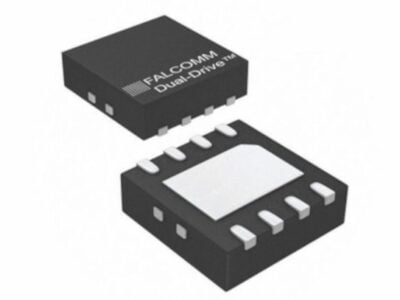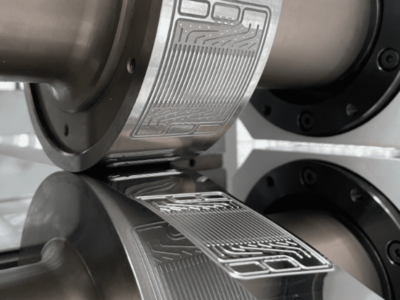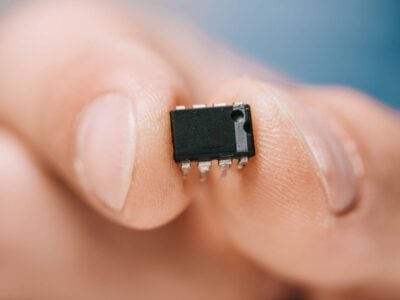
Printed microstructures move in a controlled manner
Direct laser writing is regarded as a particularly promising method: A computer-controlled and highly focused laser beam acts as a pen and creates the desired structure in a photoresist. In this way, any three-dimensional shape down to a size of a few micrometers can be created. “For many applications, especially in biology and biomedicine, however, it would be desirable not only to produce rigid structures but also active systems that are still movable after the printing process, i.e. that can change their shape by an external signal,” explains Professor Martin Bastmeyer from the Institute of Functional Interfaces at KIT. Together with other colleagues from KIT as well as the Universities of Karlsruhe and Heidelberg, a printing process has now been developed for such mobile structures.
The scientists used stimuli-responsive polymers as printing inks, whose properties can be modified by external signals. The chemical compound poly(N-isopropyl acrylamide) changes its shape considerably when the temperature is raised only slightly above room temperature. The 3D structures produced in this way are functional in an aqueous environment and are therefore ideal for applications in biology and biomedicine.
“We have refined the method to such an extent that we can also produce complex structures in which the moving parts do not all react in the same way as a result of external stimulation, but show different but precisely defined reactions,” explains researcher Marc Hippler. This is made possible by grayscale lithography: In this process, the photoresist is not exposed at all points to the same intensity, but in graduated steps. This allows the desired material properties – and thus the strength of the movement at a certain temperature change – to be set very exactly. With computer simulations, the resulting movements can be precisely predicted and therefore allow a rational design of complex 3D structures.
The working groups around Martin Bastmeyer and Martin Wegener have gone one step further: Instead of temperature changes, focused light is used as a control signal. This makes it possible for the first time to specifically control individual microstructures in a complex three-dimensional arrangement, which could be used, for example, in microfluidic systems. Since the photoresist used can be switched at room temperature, additional applications in basic biological research are possible, such as the targeted mechanical manipulation of individual cells.
The interdisciplinary work was carried out as part of the “3D Matter Made to Order” excellence cluster, a joint research association of the Karlsruhe Institute of Technology and the University of Heidelberg. PhD students from the Karlsruhe School of Optics & Photonics (KSOP) at KIT were also involved.
Original publication (Open Access): Marc Hippler, Eva Blasco, Jingyuan Qu, Motomu Tanaka, Christopher Barner-Kowollik, Martin Wegener, and Martin Bastmeyer: Controlling the shape of 3D microstructures by temperature and light. Nature Communications. 2019 DOI: 10,1038/s41467-018-08175-w
More information from KIT Center Materials: https://www.materials.kit.edu/index.php
Related news:
How 3D printing is disrupting personalized medicine
3D printing process prints piezoelectric smart materials
Holographic color printing deters counterfeiting
3D printing of metals: New alloy enables printing of safe steel products
 If you enjoyed this article, you will like the following ones: don't miss them by subscribing to :
eeNews on Google News
If you enjoyed this article, you will like the following ones: don't miss them by subscribing to :
eeNews on Google News




